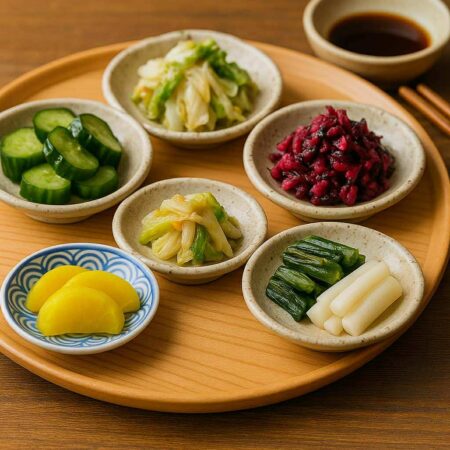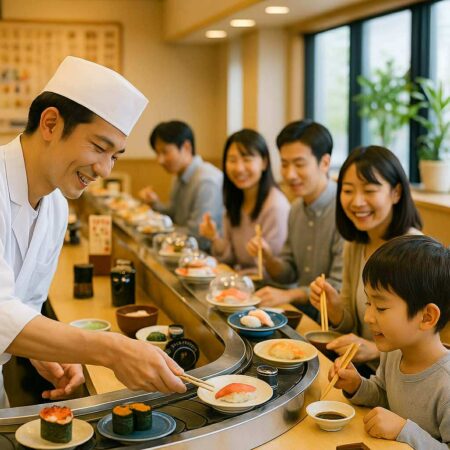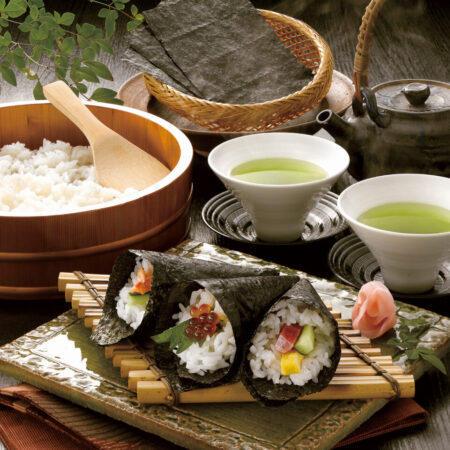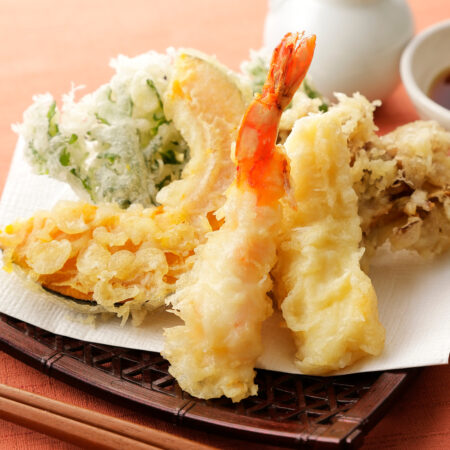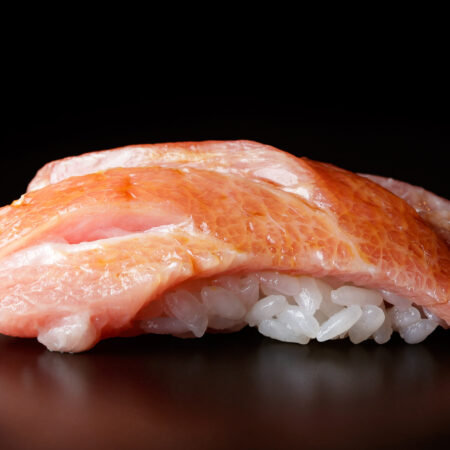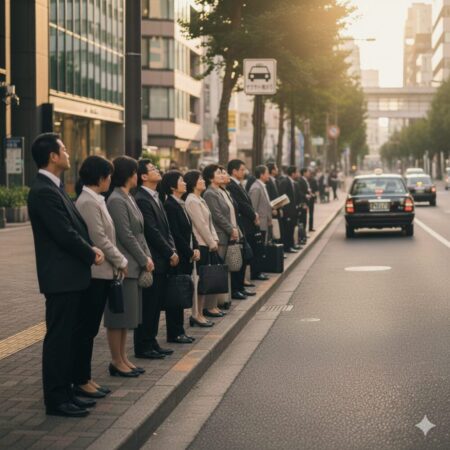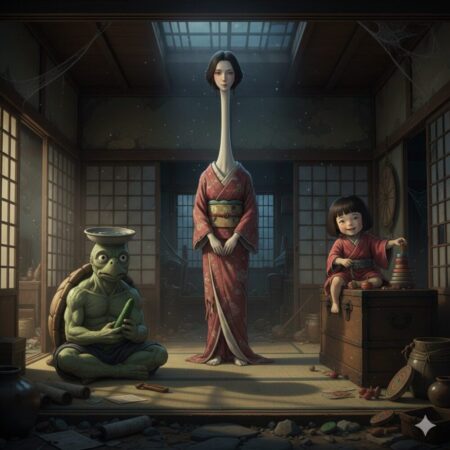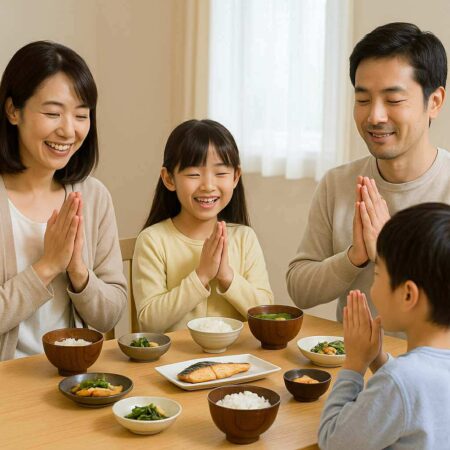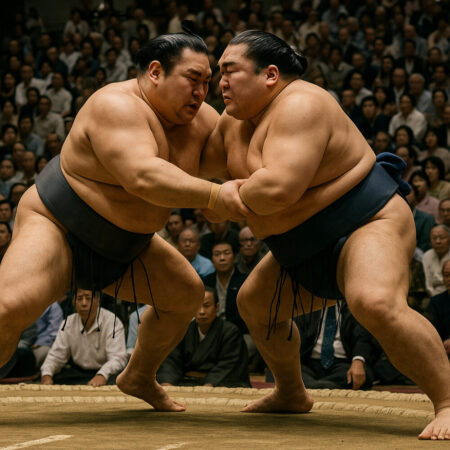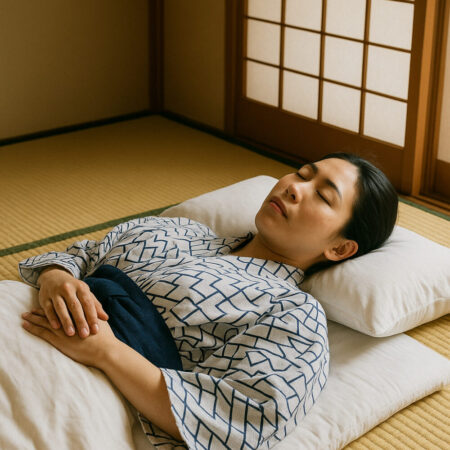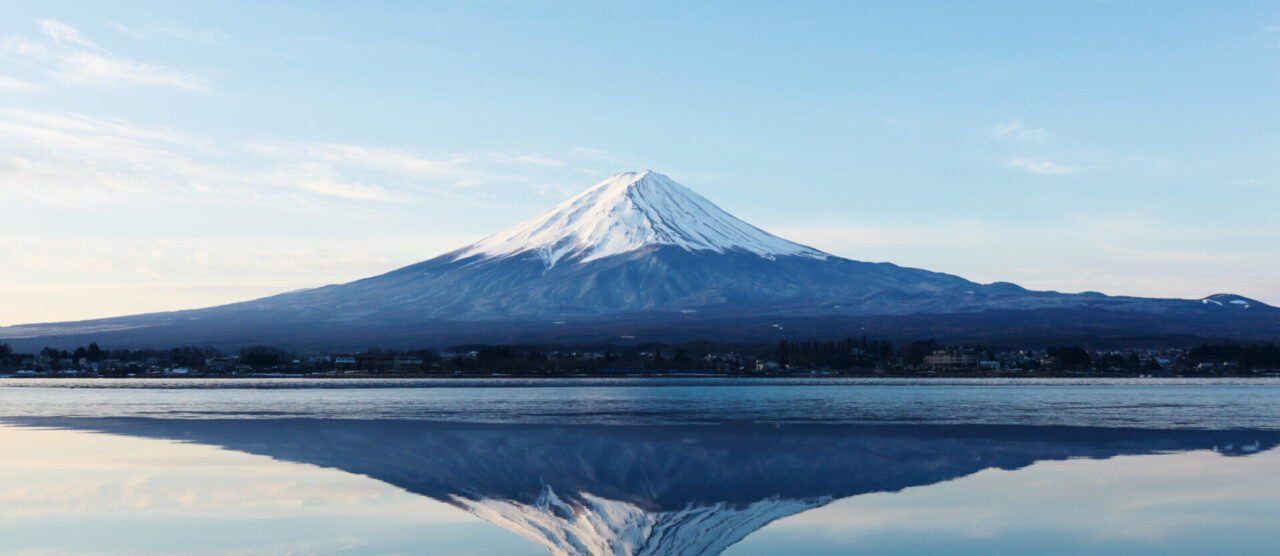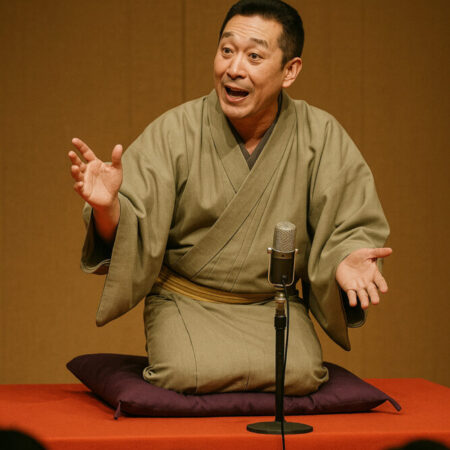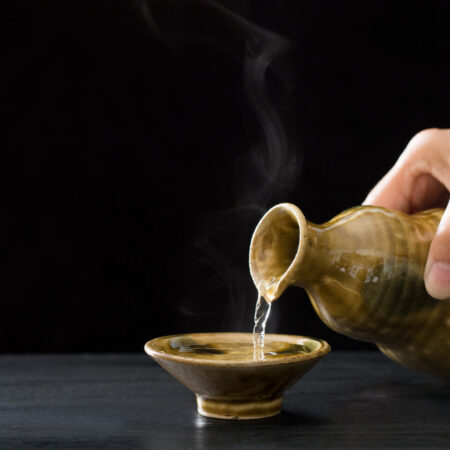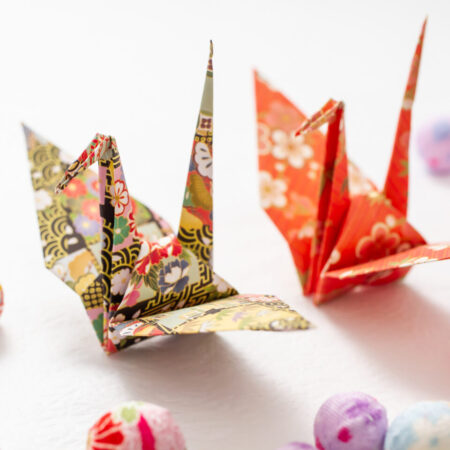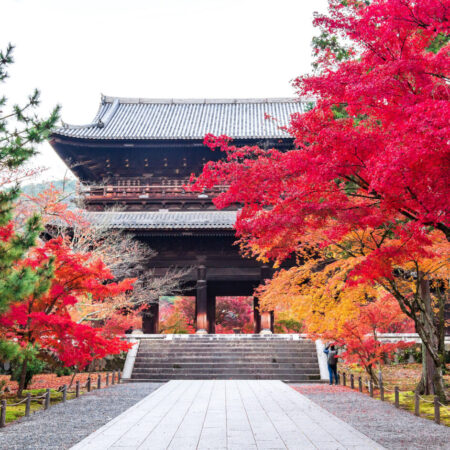- Which Hand is Raised
- Right Hand Raised: Symbolizes increased financial luck and business prosperity.
- Left Hand Raised: Represents attracting people or customers.
- Both Hands Raised: Said to bring both benefits.
- Color and Associated Benefits
- White & Calico: General good luck and business prosperity.
- Black: Wards off evil and ensures household safety.
- Red: Protects from illness and promotes good health and longevity.
- Gold/Yellow: Enhances financial luck.
- Pink: Aids in love and relationship success.
- Green: Ensures peace and safety.
- Blue: Assists in academic and employment success.
- Purple: Symbolizes longevity.
Each color, including specific items held by the Maneki-Neko, has its own special significance, ranging from protection against evil, enhancing financial luck, ensuring household safety, to assisting in love and relationships, academic and employment success. For optimal Feng Shui, each color should be placed in a corresponding direction within a room or space.
3. Meaning of Items Held
Check the meaning of the item the Maneki-neko is holding. Depending on your wishes for financial fortune, health, or business prosperity, the item changes. Pay attention not only to the raised hand or body color but also the meaning of the items held to attract more luck!
▼Money (such as Koban in Japan) is for those wishing for a rise in financial luck. The classic “koban” that the Maneki-neko holds is recommended for those hoping for financial and wealth luck.
▼A small hammer brings wealth with many blessings. The “Uchide no kozuchi”, or magic wishing mallet, can bring whatever is desired when swung, as told in old tales. In Japan, it’s a symbol of Daikokuten, a god of wealth, hence its association with the Maneki-neko.
▼A sea bream brings auspicious events. The sea bream, or “tai”, is often used to celebrate happy occasions in Japan, bringing an image of good luck. It’s an item of Ebisu, a god of prosperity known in the Kansai region, making it perfect for business people or those wishing to attract good fortune.
▼A large framed picture of a high-value banknote attracts customers for thriving business. A “Daiiri” amount framed attracts customers and is recommended for shops desiring bustling business. You might have seen one at a shop before.
▼Dharma allows you to overcome difficulties. A Dharma doll symbolizes perseverance, representing the spirit of resilience and rising each time one falls, signifying the motivation to stand up despite failures.




